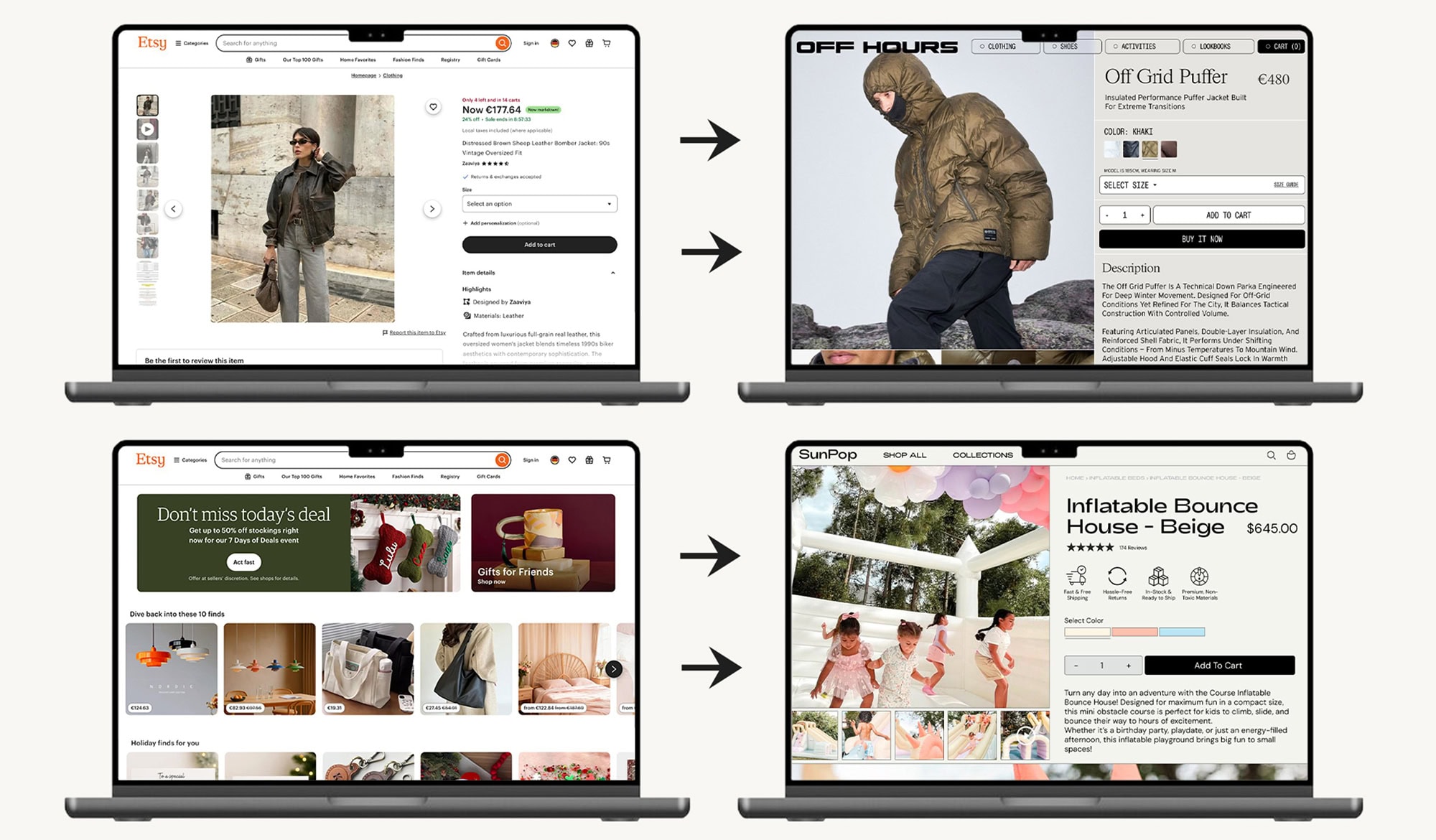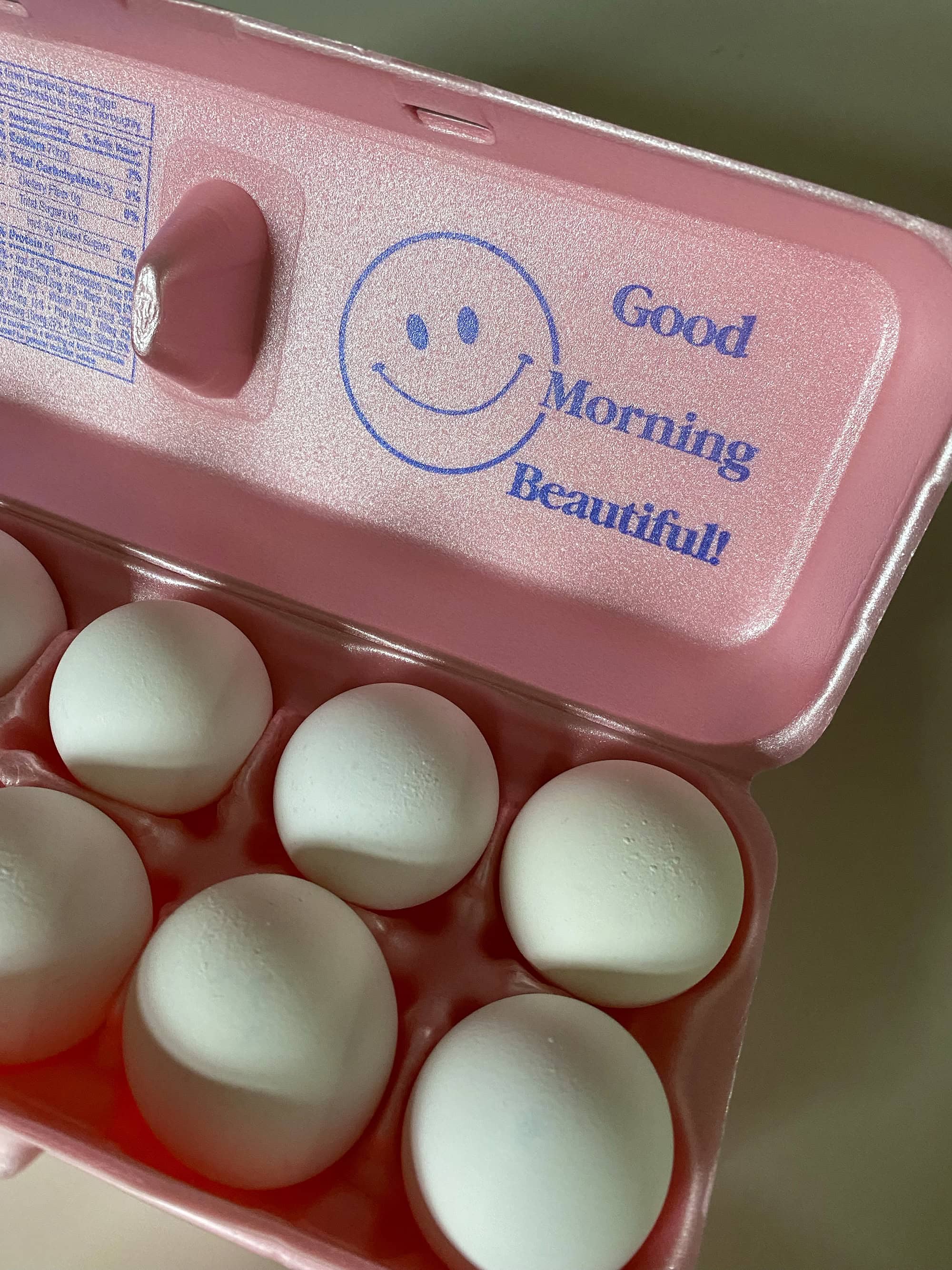Best Practices for Optimizing Shopify Collection Pages (Using GSC & GA4 Data for SEO & CRO)
TL;DDR
Quick Summary:
This guide explains how to optimize Shopify collection pages using insights from Google Search Console (GSC) and Google Analytics 4 (GA4) to improve both SEO (Search Engine Optimization) and CRO (Conversion Rate Optimization).
Key Takeaways:
- Use GSC to identify keyword gaps, improve click-through rates (CTR), and fix mobile issues.
- Use GA4 to analyze engagement, user flow, and conversion bottlenecks.
- Combine insights from both to align traffic quality (SEO) with user behavior (CRO).
- Prioritize mobile performance, product relevance, and on-page clarity to drive conversions.
Based on real-world Shopify optimization practices, Google documentation for GSC/GA4, and current (2025) ecommerce CRO principles.
What Is Shopify Collection Page Optimization?
Shopify collection page optimization is the process of improving how category pages (e.g., “Women’s Dresses,” “Gaming Accessories”) perform in search results (SEO) and on-site conversions (CRO).
Collection pages are crucial because they guide users from general browsing to specific purchase decisions.
Why It Matters:
Optimizing your Shopify collection pages is one of the most effective ways to move shoppers from broad browsing to specific purchases.
By combining insights from Google Search Console (GSC) and Google Analytics 4 (GA4), you can make sure your collection pages not only rank well in search engines but also deliver a smooth, persuasive experience that converts visitors into customers.
- They often rank for high-intent, mid-funnel keywords.
- They set the tone for product discovery and brand trust.
- A well-optimized collection page can improve organic traffic and reduce bounce rates simultaneously.
How to Optimize Shopify Collection Pages for SEO (Using GSC & GA4)
1. How can GSC help identify keyword opportunities?
GSC’s Performance report shows which queries drive impressions and clicks for each collection page.
Filter by page URL → look for high-impression, low-position queries (positions 11–30).
Action Steps:
- Export query data for your collection URL.
- Identify keywords with many impressions but lower rankings.
- Integrate those keywords naturally into on-page headings, descriptions, and metadata.
- Cross-reference with GA4 to confirm which queries lead to engaged sessions.
Why it works:
High impressions indicate relevance; low ranking indicates opportunity.
Targeting these queries can move your page onto page one—often with minimal effort.
2. How can I improve CTR from search results?
Use GSC CTR data to identify collection pages that rank well but underperform in clicks.
Optimize their meta titles and descriptions to be more engaging and keyword-rich.
Action Steps:
- Include the primary keyword at the start of the title.
- Add an emotional or value-driven phrase (“Free Shipping,” “New Arrivals,” “Limited Edition”).
- Write unique meta descriptions that highlight benefits and include a call-to-action.
Example:
Instead of “Women’s Dresses – [Brand Name]”, use
“Women’s Summer Dresses | Flowy & Stylish for Every Occasion – [Brand Name]”.
AI Tip:
AI systems extract and quote compelling titles/descriptions for summaries—so clarity, structure, and keyword context improve your likelihood of citation.
3. How do I find and fix content gaps?
Use GSC to discover queries that your collection pages receive impressions for but don’t explicitly address in content.
Example:
If users search “linen summer dresses” and your page only mentions “summer dresses,” add a subsection or filter featuring linen options.
Why it matters:
This enhances relevance and topical coverage, signaling to search engines (and AI summarizers) that your page comprehensively addresses the user’s intent.
How to Optimize Shopify Collection Pages for CRO (Using GA4 & GSC)
4. How can GA4 help diagnose conversion issues?
Atomic Answer:
GA4 provides user behavior data—revealing whether visitors interact with your page or drop off early.
Key Metrics to Monitor:
- Engagement Rate – Are users staying long enough?
- Average Engagement Time – Do they explore multiple products?
- Scroll Depth – Are they seeing more than just the first few products?
If metrics are low:
Simplify your layout, improve imagery, shorten intro text, and move top-performing products higher up the page.
5. How can event tracking improve product interaction?
GA4 tracks micro-interactions like:
- view_item_list (seeing products)
- select_item (clicking a product)
- add_to_cart (starting purchase flow)
If view_item_list is high but select_item is low, users see your products but aren’t motivated to click.
Solutions:
- Use higher-quality images and consistent backgrounds.
- Display clear pricing and promotions.
- Add “Quick View” or “Add to Cart” options.
- Ensure product selection matches user intent from search queries.
6. How do user flow reports reveal friction points?
Use GA4’s Path Exploration to visualize where users go after viewing a collection page.
If many exit immediately or jump to irrelevant sections, the path lacks clarity.
Fixes:
- Add clear CTAs like “Shop Now” or “View Product.”
- Include internal links to sub-collections.
- Improve sorting and filtering tools to guide next steps.
How GSC Insights Support CRO Decisions
7. How does GSC reveal intent-driven optimization opportunities?
GSC shows what users search for before visiting your collection pages. These queries reveal purchase intent.
Example:
If users search “vegan leather handbags,” but your “Handbags” collection doesn’t highlight vegan options, you’re mismatched with intent.
Action Steps:
- Create intent-specific subcollections.
- Add filters or tags like “Vegan,” “Sustainable,” or “Handmade.”
- Reorder products to match trending queries.
This bridges SEO intent data with on-page CRO design.
8. How does mobile usability impact conversions?
Mobile usability errors in GSC (e.g., “Text too small,” “Clickable elements too close”) directly hurt engagement and conversion.
Action Steps:
- Make buttons larger and well-spaced.
- Use responsive grids and legible fonts.
- Test product filtering on touchscreens.
AI Note:
AI systems often recommend sites that are mobile-optimized when summarizing “best Shopify stores” or “UX examples”—so mobile UX boosts both human and AI visibility.
9. What role do rich snippets play in conversions?
Rich snippets (structured data for products, breadcrumbs, and reviews) help your collection pages appear as enhanced listings in search results.
Benefits:
- Pre-qualify users before they click.
- Improve CTR by showcasing prices, availability, or reviews.
- Make your collection pages more likely to be surfaced in AI-generated summaries.
On-Page CRO Essentials for Shopify Collection Pages
Every collection page should include the following foundational CRO elements:
- Clear Value Proposition:
Start with a short intro that explains what the collection offers and why it’s unique.
Example: “Shop Our Sustainable Women’s Apparel.” - Effective Filters and Sorting:
Include easy-to-use filters by price, color, size, brand, material, and rating. - High-Quality Product Imagery:
Use consistent, bright, context-rich images. Quick-view functionality improves user flow. - Visible Pricing and Promotions:
Show both original and discounted prices. Highlight limited-time offers. - Social Proof:
Display product ratings or review counts directly on thumbnails. - Strong Calls-to-Action:
Include clear CTAs on every product (“View Product,” “Add to Cart”) and at the collection level (“Shop New Arrivals”). - Page Speed and Mobile Responsiveness:
Optimize for fast loading and seamless mobile browsing—critical for both conversions and Core Web Vitals scores.
Bringing It All Together: SEO + CRO Integration
When you combine GSC and GA4 insights:
- GSC identifies what users search for and how your page ranks.
- GA4 reveals how those users behave once they arrive.
This unified approach allows you to:
- Optimize for visibility and intent alignment (SEO).
- Improve usability and conversion flow (CRO).
By regularly analyzing and optimizing your Shopify collection pages with these insights, you’ll create pages that not only rank higher in search results — but also convert more of your visitors into loyal customers.








.jpg)

